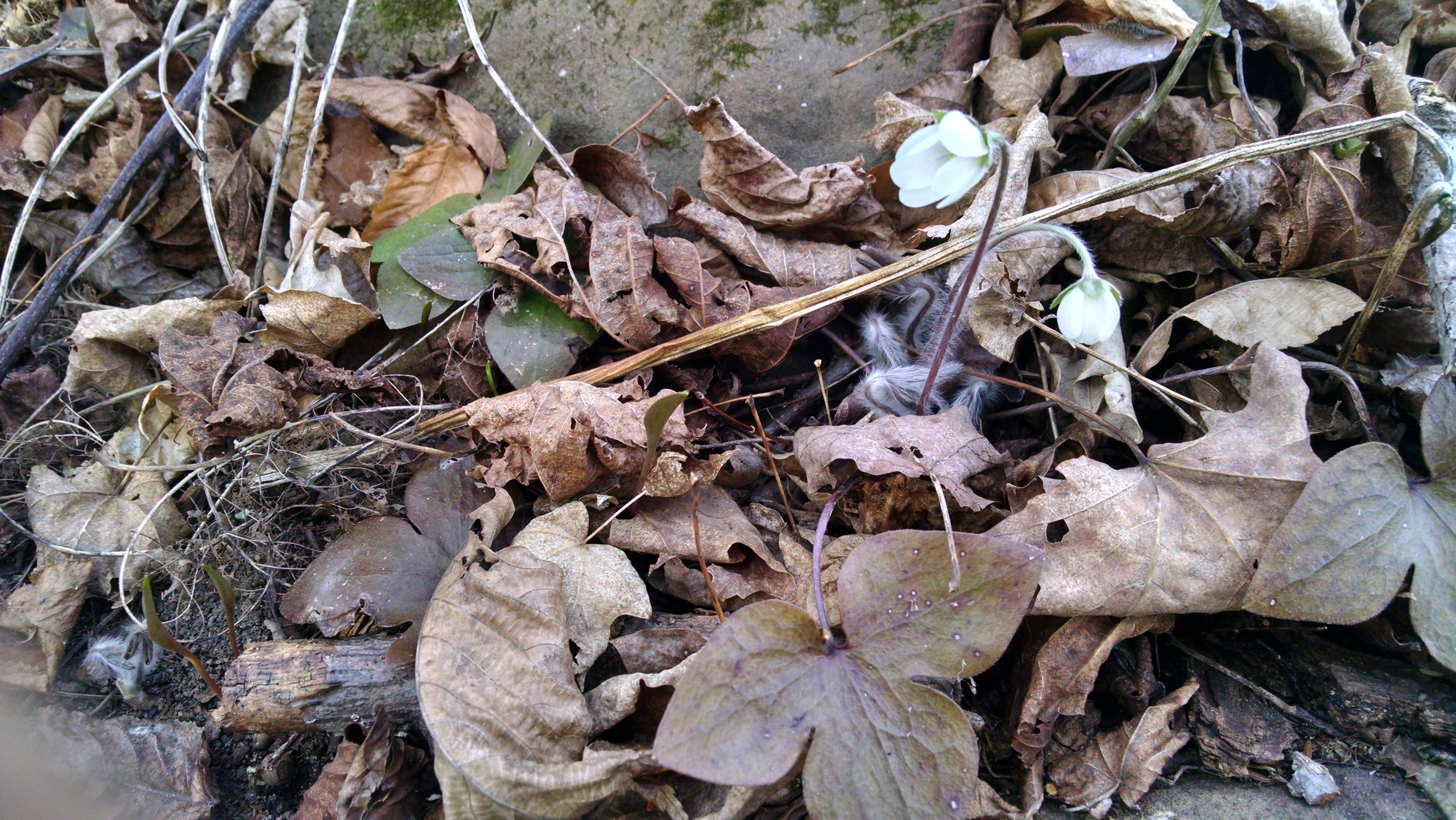Today I spotted my first flowers of the year. I found these flowers in wet, low lying woods. I believe these are Anemone hepatica, although if anyone wants to disabuse me I’m willing to listen; I’ve never been a competent taxonomist.

The snow is entirely off the fields, with only small patches in the shady spots. All over sprouts are beginning to emerge. The pastures are a few weeks from having anything substantial for the animals to eat, but the inch-long blades of grass are harbingers of our grazing season. The pigs and cattle are biding their time eating hay, looking longingly over the fence at the tiny green shoots.


5 thoughts on “First Flower of Spring”
Some of our pigs are 1/2 red wattle and a few of them have cartilagenous growths in their ears. Have you seen this in purebreds or other crosses? I’ve done less homework on the topic than you, by which I mean you’re blog post here constitutes the entirety of my research, but I wondered if red wattle genes coded for extra cartiliage all over the head…
Edmund, I haven’t noticed anything abnormal about their ears. Their ears seem to be about the same as other flop-eared breeds. But I may not be paying close attention. Where are you finding the cartilage?
So my pigs are 1/2 red wattle, 1/4 duroc, 1/4 hereford. Some have floppy ears, some have upright. Some have hereford faces, some are all red. One had a single wattle on his right in the “normal” place for those growths. One of the hereford faced gilts with floppy ears has two little nubbins on the outside base of her ear. Another hereford faced gilt with flop ears has a small growth inside one ear.
I don’t know what to make of that. Were these pigs imported from Chernobyl or Fukushima?
Ha. I don’t know.